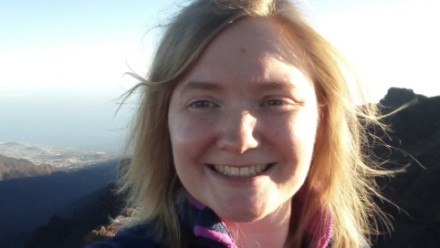RSAA Colloquium: Dr May Gade Pedersen (Uni Sydney)
The chemical evolution of the Universe is largely guided by the lives of massive stars. These stars are born with a convective core on the main-sequence and are heavily influenced by additional mixing occurring at both the convective core boundary and in the radiative envelope. Such mixing transports additional hydrogen fuel from the envelope to the convective core, allowing the stars to live longer and to enhance their final helium core mass at the end of the main-sequence evolution. Consequently, chemical mixing has a high impact on the stellar evolution of both intermediate- and high-mass stars and is one of the dominant uncertainties in their stellar structure and evolution theory, along with their interior angular momentum transport. Asteroseismology is a powerful tool for probing stellar interiors through the detection and interpretation of stellar oscillations. With the advent of space telescopes, our ability to precisely detect and measure these oscillations has greatly improved and lead to significant advances in our understand of the interiors of pulsating stars. Especially since the launch of the TESS space telescope in 2018, asteroseismology of massive stars has become readily accessible. With this talk I will demonstrate how we can use stellar oscillations to probe the internal mixing and rotation, as well as discuss recent results from the Kepler space telescope for single B-type stars and the promises of TESS for studying massive stars in OB associations.













